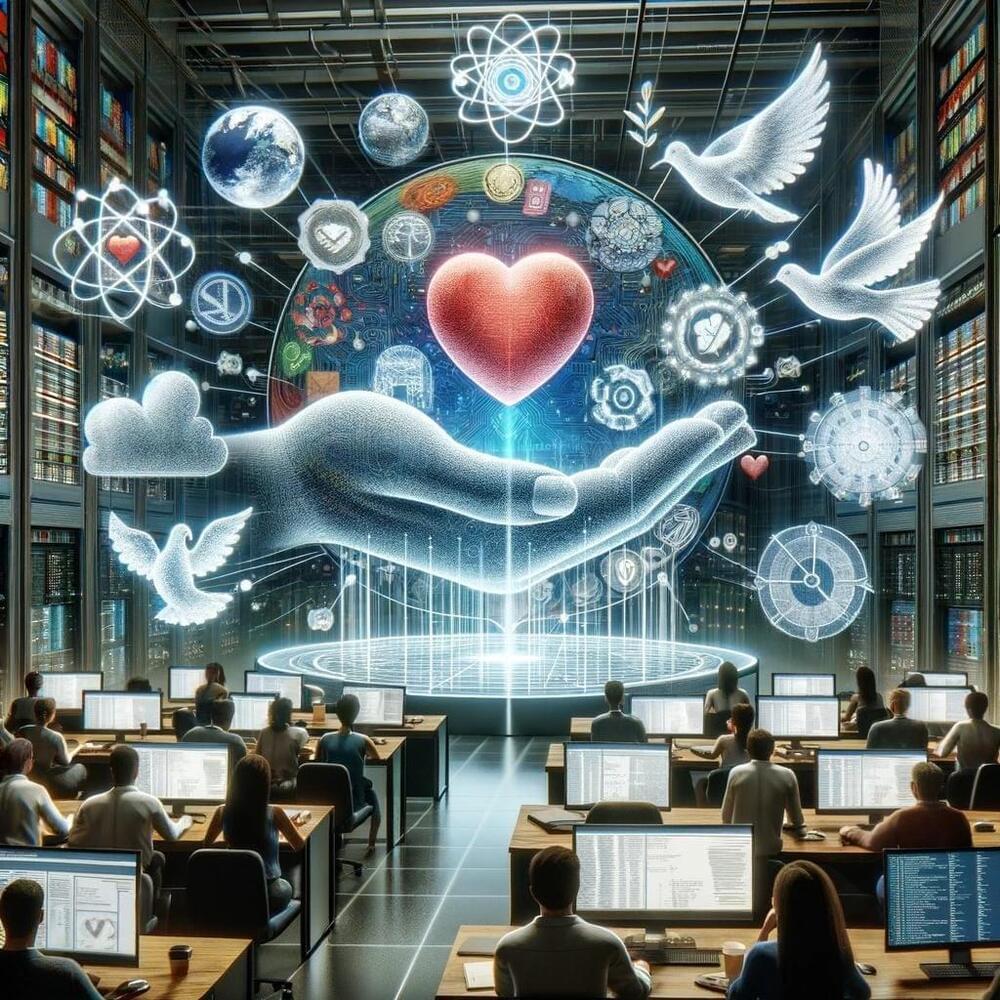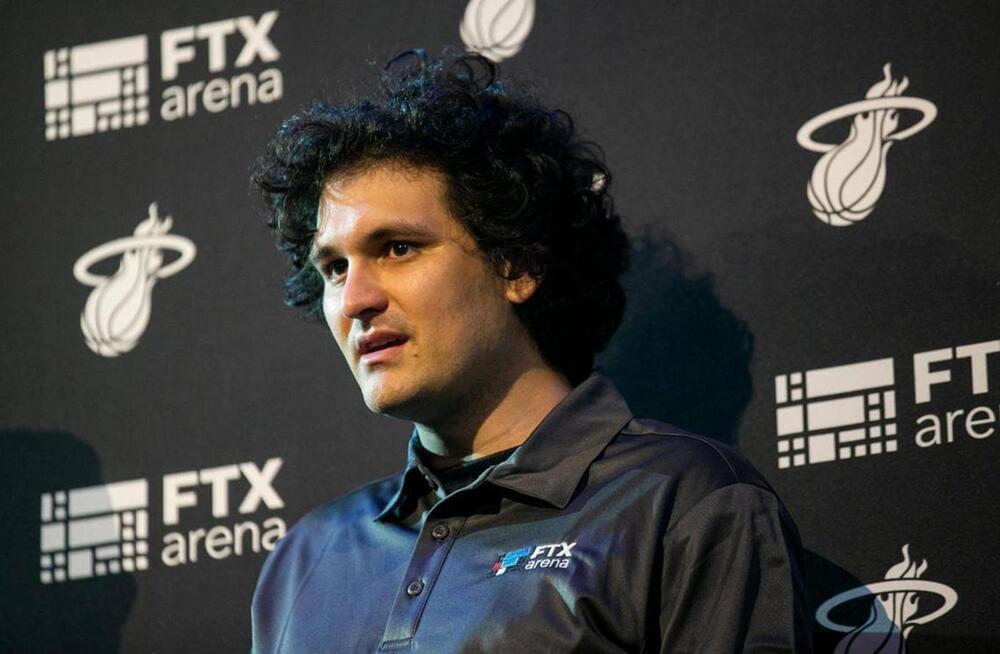Good technologies disappear.
In the company’s cloud market study, almost all organizations say that security, reliability and disaster recovery are important considerations in their AI strategy. Also key is the need to manage and support AI workloads at scale. In the area of AI data rulings and regulation, many firms think that AI data governance requirements will force them to more comprehensively understand and track data sources, data age and other key data attributes.
“AI technologies will drive the need for new backup and data protection solutions,” said Debojyoti ‘Debo’ Dutta, vice president of engineering for AI at Nutanix. “[Many companies are] planning to add mission-critical, production-level data protection and Disaster Recovery (DR) solutions to support AI data governance. Security professionals are racing to use AI-based solutions to improve threat and anomaly detection, prevention and recovery while bad actors race to use AI-based tools to create new malicious applications, improve success rates and attack surfaces, and improve detection avoidance.”
While it’s fine to ‘invent’ gen-AI, putting it into motion evidently means thinking about its existence as a cloud workload in and of itself. With cloud computing still misunderstood in some quarters and the cloud-native epiphany not shared by every company, considering the additional strains (for want of a kinder term) that gen-AI puts on the cloud should make us think about AI as a cloud workload more directly and consider how we run it.






